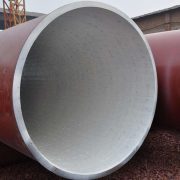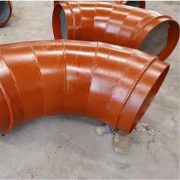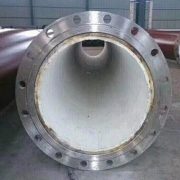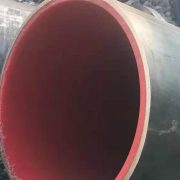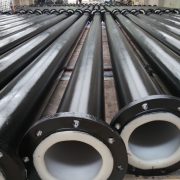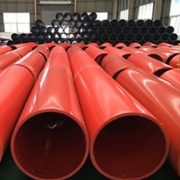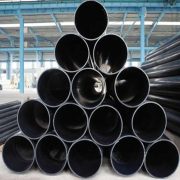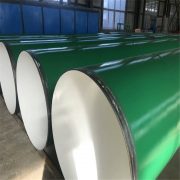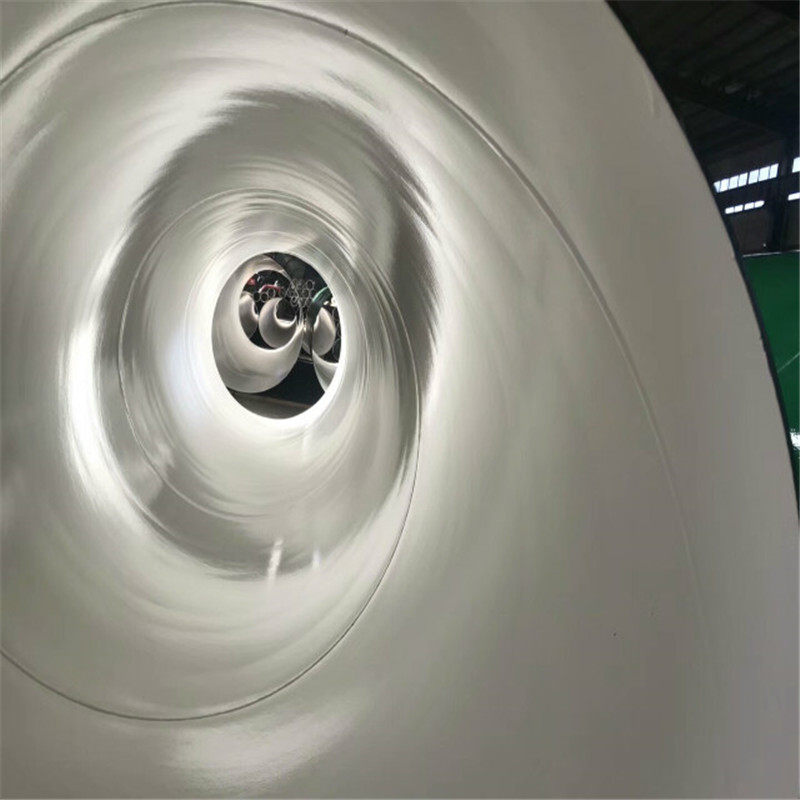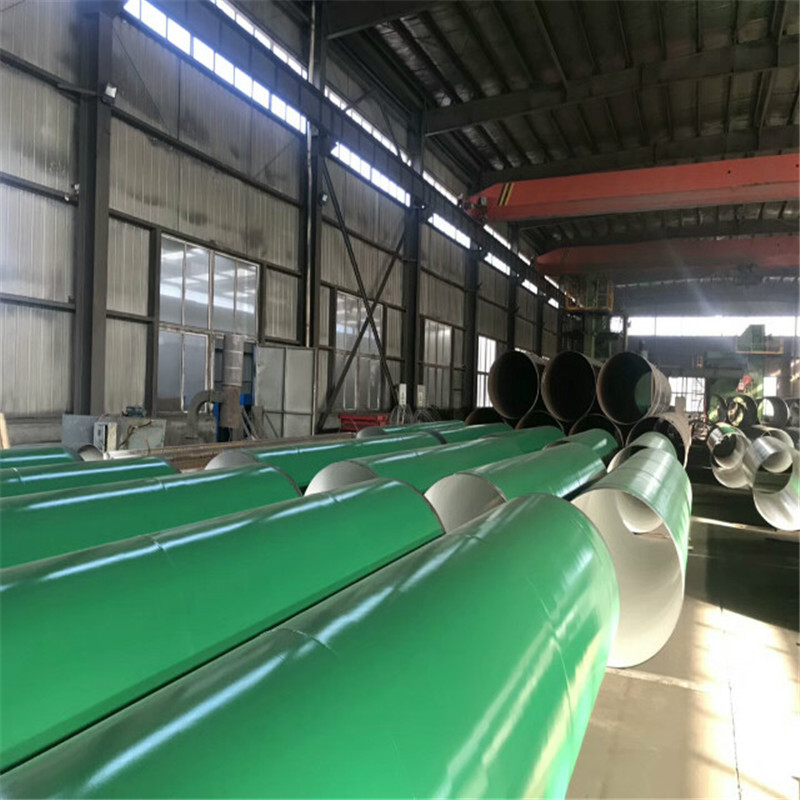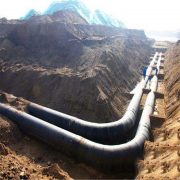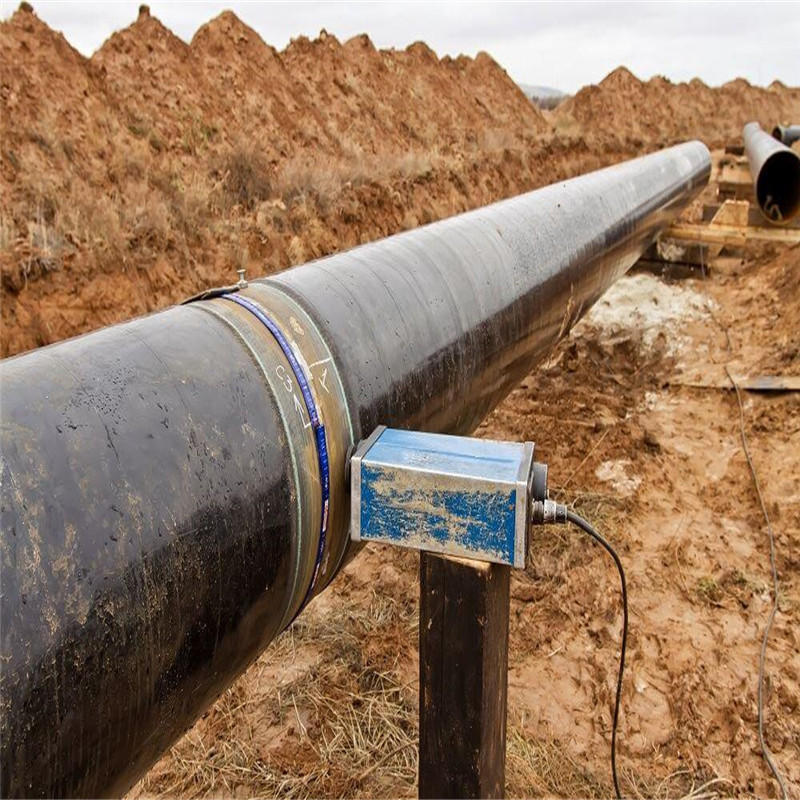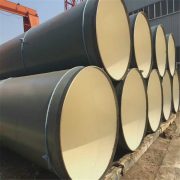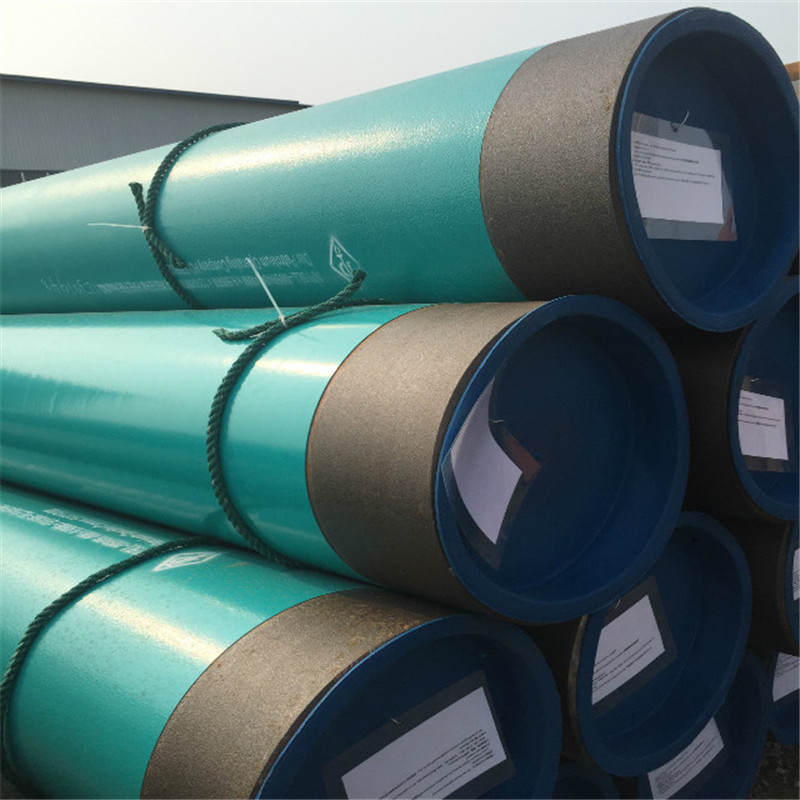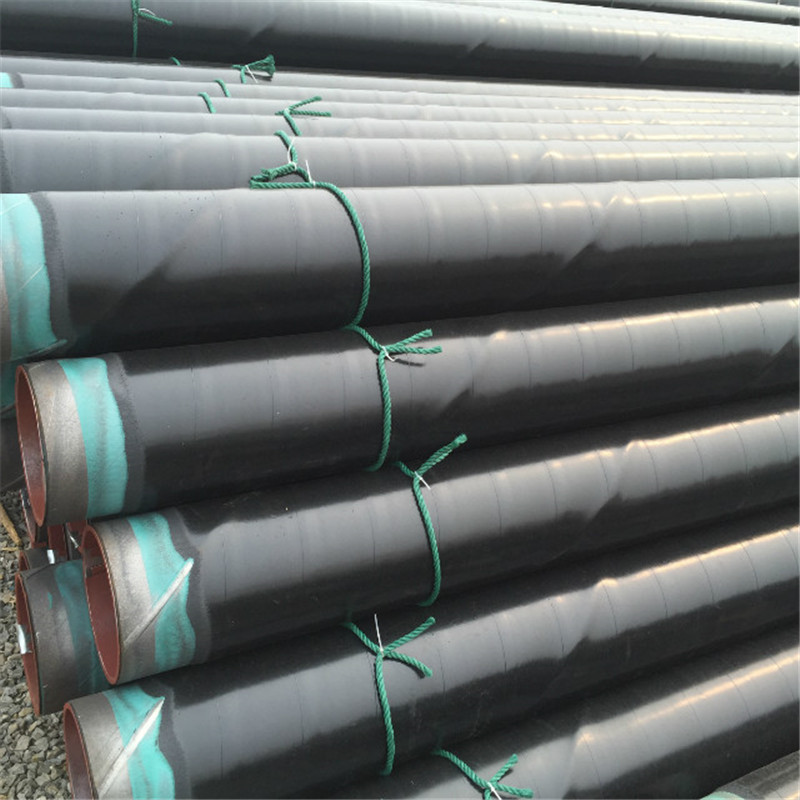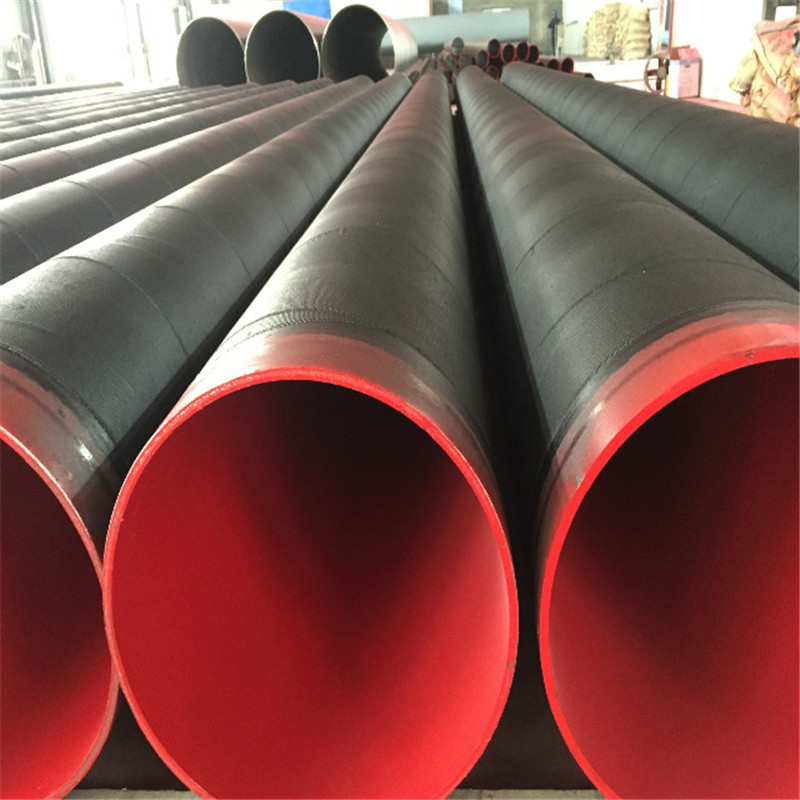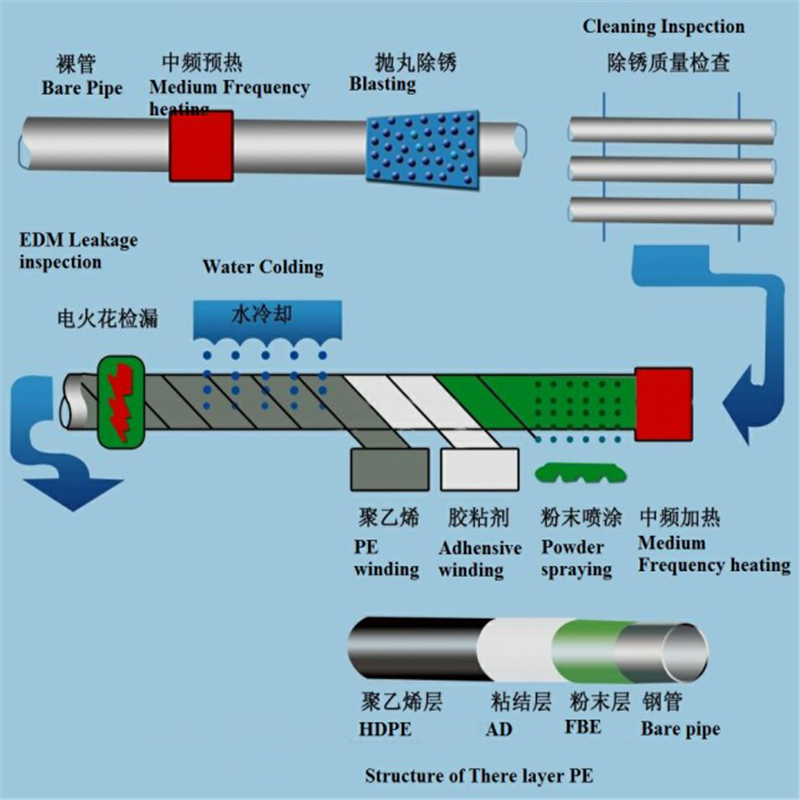What is the production process of wear-resistant pipes? What are the advantages?
The wear-resistant pipe is manufactured by the self-propagating high-temperature synthesis-centrifugal method. That is, the seamless steel pipe is placed in the tube mold of the centrifuge, and a mixture of iron oxide powder and aluminum powder is added to the steel tube. This mixture is called the thermite in chemistry. After the centrifuge tube mold rotates to a certain speed, The spark ignites the thermite, the thermite immediately burns by itself, and the combustion wave spreads rapidly, and the following violent chemical reactions occur during the spread:
2Al+Fe2O3=Al2O3+2Fe+836KJ
3Fe3O4+8Al=4Al2O3+9Fe+3265KJ
After the thermite reacts, the product is stable α-Al2O3 (corundum) and iron, which emits a lot of heat at the same time. Such heat as under adiabatic conditions, the adiabatic temperature can reach 3753K and 3509K, it makes the original material in the steel pipe and the product after the reaction, even the corundum with a melting point of 2045 ℃ all become molten. Because the reaction is very rapid, only a few seconds, the molten reactant is quickly separated according to the specific gravity under the action of centrifugal force, the specific gravity of iron (7.85g/cm3) is twice that of Al2O3 (3.95g/cm3), the heavier iron Throwing to the inner wall of the steel pipe by centrifugal force, the lighter Al2O3 is distributed in the inner layer of iron.
Due to the rapid heat absorption and heat transfer of the steel pipe, Al2O3 and Fe quickly reach the freezing point and solidify in layers. The finally formed wear-resistant pipeline is composed of corundum porcelain layer, iron-based transition layer, and outer steel pipe layer. High-temperature molten iron and Al2O3 liquid contact with the inner wall of the steel pipe, making the inner wall of the steel pipe half outside. In the molten state, the iron layer and the steel pipe form a metallurgical bond, and the iron layer and the corundum porcelain layer also form a firm bond. The combined compressive shear strength (that is, the strength when the ceramic is laminated in the axial direction) ≥ 15MPa; the wear-resistant pipeline is crushed Strength (that is, the strength when the ceramic inside the tube is crushed from the outside of the tube) ≥ 350MPa;
The advantages of wear-resistant pipes compared with traditional pipes
Wear-resistant pipes are fundamentally different from traditional steel pipes, wear-resistant alloy cast steel pipes, cast stone pipes, steel-plastic and steel rubber pipes. The outer layer of the wear-resistant pipe is seamless steel pipe and the inner layer is corundum. The hardness of the corundum layer is as high as HV1100-1400, which is equivalent to tungsten-cobalt cemented carbide, and its wear resistance is more than 20 times higher than that of carbon steel pipes. The wear resistance of wear-resistant pipes is mainly based on the inner layer of corundum that is several millimeters thick. This is a qualitative leap in resistance to wear compared to wear-resistant alloy cast steel pipes and cast stone pipes not only by composition and structure, but also by thickness.
Wear-resistant pipes quickly occupy the market. In addition to high quality and good performance, it also has a higher cost performance than other wear-resistant, corrosion-resistant and heat-resistant pipes. In terms of wear-resistant pipes of the same specification and unit length, the weight of wear-resistant pipes is only about one-half of wear-resistant alloy cast steel pipes, and the project cost per meter is reduced by 20%-30%; only the weight of cast stone pipes is one-third. Reduce project cost by 5%-10% per meter; wear-resistant pipes used in corrosive or high-temperature situations are only a fraction of stainless steel pipes and nickel-titanium pipes.
Decho is a professional supplier of wear-resistant pipes . If you need any for your project , pls feel free to contact us by email [email protected]

